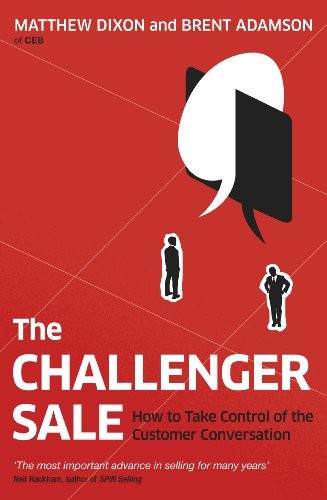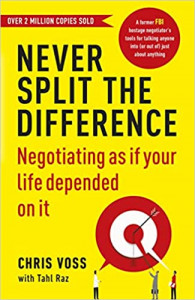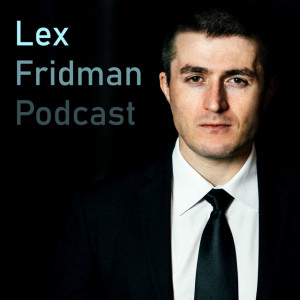The Challenger Sale – a review
“The Challenger Sale” by Matthew Dixon has emerged as a ground-breaking resource in the field of sales – for management, sales executives and B2B sales training and coaching.
Primarily targeted at business professionals seeking to motivate their sales teams or sales managers aiming to transform their approach, this book offers valuable takeaways for those navigating today’s competitive business landscape.
Dixon introduces the “Challenger” sales approach, which challenges conventional wisdom. It encourages sales professionals to bring insights and value to customers by understanding their needs and teaching them something new about their business.
In the book he discusses the 5 different seller types that I often discuss in my sales training programmes:
The Challenger: The book’s central focus is on the Challenger seller. Challengers are characterised by their ability to bring insights and new perspectives to their customers, challenging their assumptions and provoking critical thinking. They excel at teaching customers about their own businesses, presenting unique solutions, and driving change.
The Relationship Builder: The Relationship Builder is a seller who prioritizes building strong personal connections and maintaining a friendly rapport with customers. They invest time in developing relationships, focusing on customer satisfaction and ensuring long-term loyalty. However, the book argues that Relationship Builders may not always drive the necessary business outcomes.
The Hard Worker: The Hard Worker is known for their relentless work ethic and dedication. They are highly motivated, persistent, and go to great lengths to meet customer needs. They rely on their determination and effort to win deals but may not necessarily challenge customers’ thinking or bring disruptive insights.
The Lone Wolf: The Lone Wolf is an independent, self-reliant seller who follows their instincts and prefers to work autonomously. They may possess exceptional sales skills and achieve impressive results but may not align with the overall sales strategy of the organisation. The book suggests that the Lone Wolf’s success may be difficult to replicate or scale.
The Problem Solver: The Problem Solver focuses on providing solutions to customers’ immediate problems or challenges. They excel at addressing customer pain points and delivering what is requested. However, they may not always proactively challenge customers or uncover opportunities beyond the immediate scope.
“The Challenger Sale” emphasises the importance of engaging customers in constructive dialogue that challenges their assumptions and provokes critical thinking. This approach fosters meaningful interactions and helps sales professionals gain credibility and trust.
Personally don’t think that this is ground breaking but it should make people think about their ‘intentions’ within the sales process – something I use in B2B sales coaching sessions
The book underscores the significance of salespeople developing their expertise to become commercial teachers. By offering valuable insights, teaching customers about their own businesses, and demonstrating unique solutions, sales professionals can position themselves as trusted advisors. Again not much new in this but for the seller it puts a real focus on knowledge sharing and learning – hard to navigate if intelligence isn’t part of your company culture.
Dixon highlights the importance of identifying and engaging “Mobilisers” within customer organisations. These individuals possess influence and are open to change, making them critical allies in driving deals forward and overcoming resistance.
He also emphasises the need for salespeople to adapt their messaging based on the different stakeholders involved in the purchasing decision. By understanding each stakeholder’s objectives and challenges, sales professionals can deliver tailored messages that resonate.
The book acknowledges the existence of tension during the sales process and argues that skilfully managing this tension is crucial. Sales professionals should embrace constructive tension to challenge customers’ status quo, driving them towards innovative solutions. Most relationships are built on trust and if trust is absent then there is little or no chance of creating tension – it only happens when the parties trust each other and understand the boundaries.
“The Challenger Sale” advocates for sales professionals to leverage insights derived from data analysis and industry research. By using these insights effectively, salespeople can position themselves as valuable resources and bring unique perspectives to customer discussions.
Dixon emphasises the importance of identifying and nurturing individuals who possess the attributes of successful Challengers. By recruiting and developing talent with the right mindset and skill set, sales organisations can elevate their overall performance. Easier said than done in this climate where seats are filled and making up the numbers is more important for some than properly investing in talent.
Overall I don’t mind the book at all – The Challenger Sale offers a well-structured and actionable framework for transforming sales approaches, providing a clear roadmap for implementation and is based on his own extensive research. Anyway, I reference it a lot in BtB sales coaching with teams in various sectors.
It should be an interesting read for all parties in the sales game – easy to get caught up in the “Which category do I fit into?”
The challenger seller has a value to any organisation but I personally don’t think it’s a cure all for your sales team. Nothing wrong with having the occasional Lone Wolf running around the place but ultimately your team should have a certain style and approach to it that the market respects and works to.
Adding value, diagnosing problems, building relationships, intelligent selling, consultative selling – all bullshit buzzwords if they’re not taken seriously.
Thanks for reading.






